Recently discovered skeletons reveal new details about Pompeii
Earthquakes — not just a volcanic eruption — may have played a role in the city's destruction
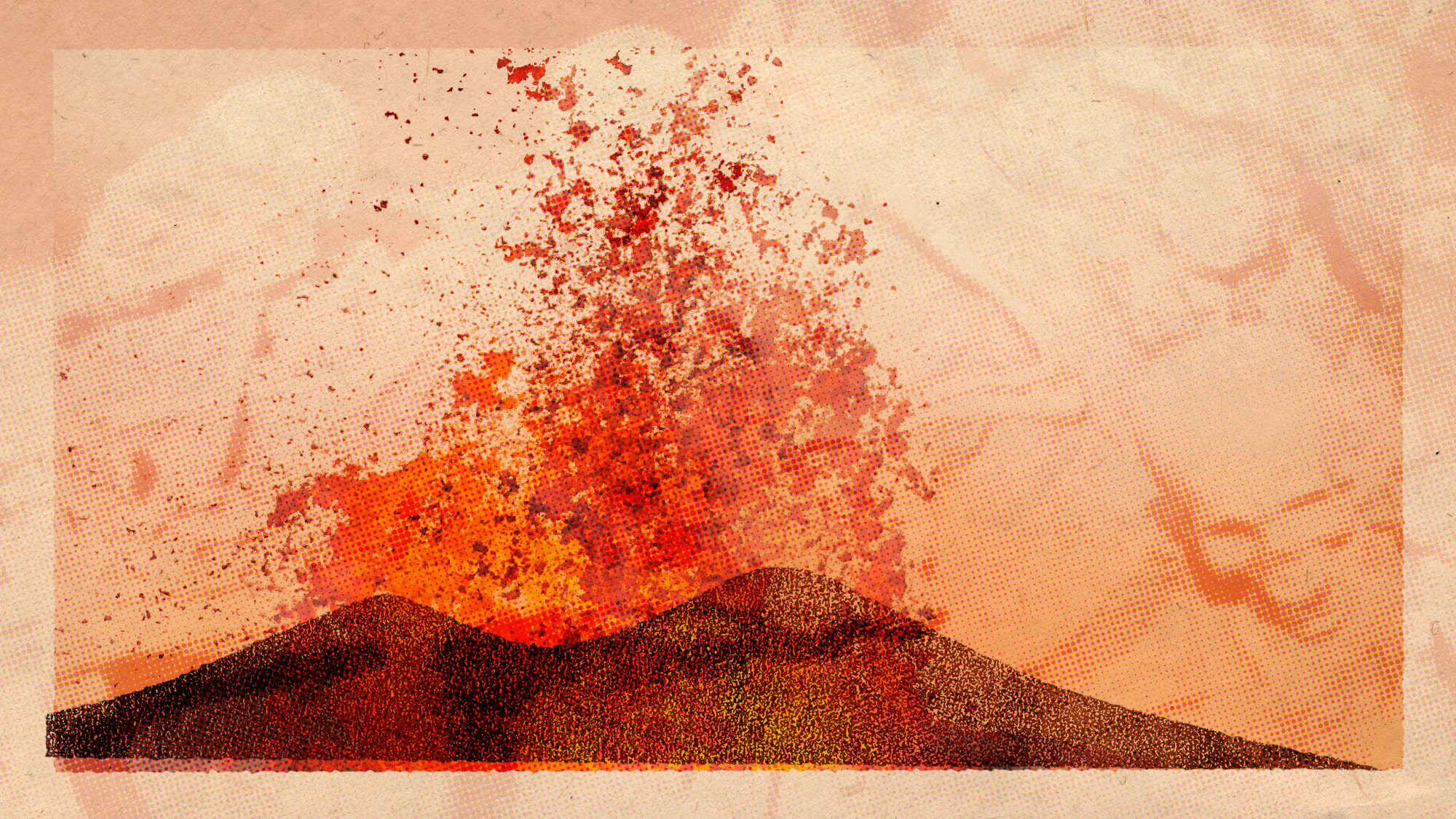

It has been nearly 2,000 years since the ancient city of Pompeii was destroyed, but a recent study sheds new light on how the city and its inhabitants may have met their demise. While conventional wisdom says Pompeii was destroyed by the volcanic eruption of Mt. Vesuvius, skeletal remains recently found in the ruins reveal that earthquakes may have also played a significant role.
The study, published July 17 in the scientific journal Frontiers in Earth Science, concluded that earthquakes at the time of the Vesuvius eruption in 79 A.D. "should be regarded as an additional cause of death in the ancient Pompeii." This adds a new layer of complexity to Pompeii, which remains one of the most well-known natural disasters in history.
What did the study find?
Scientists "discovered two male skeletons riddled with bone fractures, evidence that during a brief reprieve from the eruption, a strong earthquake tumbled buildings and crushed people in their homes," said The Washington Post. This brings an additional element into the mix in regard to how victims at Pompeii may have died.
The Week
Escape your echo chamber. Get the facts behind the news, plus analysis from multiple perspectives.

Sign up for The Week's Free Newsletters
From our morning news briefing to a weekly Good News Newsletter, get the best of The Week delivered directly to your inbox.
From our morning news briefing to a weekly Good News Newsletter, get the best of The Week delivered directly to your inbox.
It was previously known that the disaster started when Vesuvius "began spewing out gas, ash and rocks in an eruption column that extended 18 miles high, creating a hail of pumice stones that buried the city and collapsed roofs, triggering a first wave of death," said the Post. If anyone lived through this initial event, the "scorching 'pyroclastic flow' — a fast-moving current of ash, gas and rock fragments — killed survivors, likely suffocating them." But while these elements of the eruption have long been known, scientists "had not discovered direct evidence of earthquakes until they found walls that failed in ways inconsistent with volcanic explanations. Then, they found the skeletons." Physical damage to the skeletons "raises the possibility that earthquakes could have added to the hazard, as the ground shaking stressed roofs laden with pumice rocks."
Researchers "have always had an inkling that seismic activity contributed to the city’s destruction," said The New York Times, as even the ancient writer Pliny the Younger, who witnessed the eruption, mentioned earthquakes in his works. But "until now, no evidence had been discovered to support this historical account." The "effects of seismicity have been speculated by past scholars, but no factual evidence has been reported before our study," Domenico Sparice, a volcanologist at Naples' Vesuvius Observatory and co-author of the study, said to the Times.
What does this discovery mean?
This study was the "first to tackle the complex task of reporting on the effects of co-occurring earthquakes," the study's authors said in a press release. This is because the "complexities are like a jigsaw puzzle in which all the pieces must fit together to unravel the complete picture," said Sparice.
In terms of future analysis, this type of insight could prove vital, as "studying such phenomena is challenging due to the possibility of volcanic and seismic effects happening concurrently or in quick succession," said Newsweek. "This could mean that the effects of volcanic phenomena overshadow the impacts of earthquakes or vice versa." It also provides a new window into history; the "insight into the destruction of Pompeii gets us very close to the experience of the people who lived here 2,000 years ago," said Dr. Gabriel Zuchtriegel, the director of the Pompeii Archaeological Park and co-author of the study, said in the press release. It provides a look into the "choices they made as well as the dynamics of the events, which remain a focus of our research, decided over life and death in the last hours of the city's existence."
A free daily email with the biggest news stories of the day – and the best features from TheWeek.com
Justin Klawans has worked as a staff writer at The Week since 2022. He began his career covering local news before joining Newsweek as a breaking news reporter, where he wrote about politics, national and global affairs, business, crime, sports, film, television and other news. Justin has also freelanced for outlets including Collider and United Press International.
-
 ‘The Big Crunch’: why science is divided over the future of the universe
‘The Big Crunch’: why science is divided over the future of the universeThe Explainer New study upends the prevailing theory about dark matter and says it is weakening
-
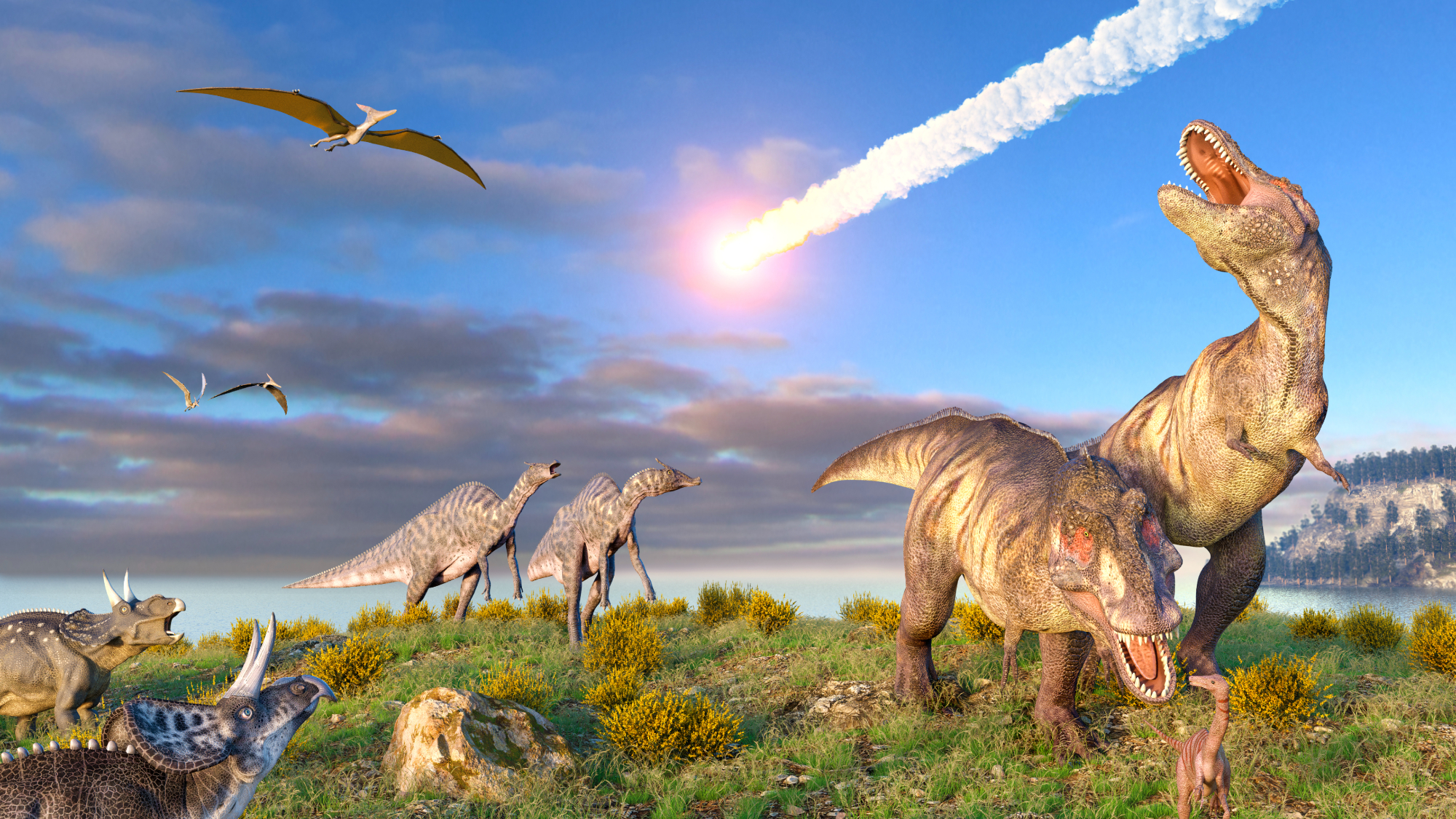 Dinosaurs were thriving before asteroid, study finds
Dinosaurs were thriving before asteroid, study findsSpeed Read The dinosaurs would not have gone extinct if not for the asteroid
-
 The moon is rusting
The moon is rustingUnder the radar The Earth is likely to blame
-
 Africa could become the next frontier for space programs
Africa could become the next frontier for space programsThe Explainer China and the US are both working on space applications for Africa
-
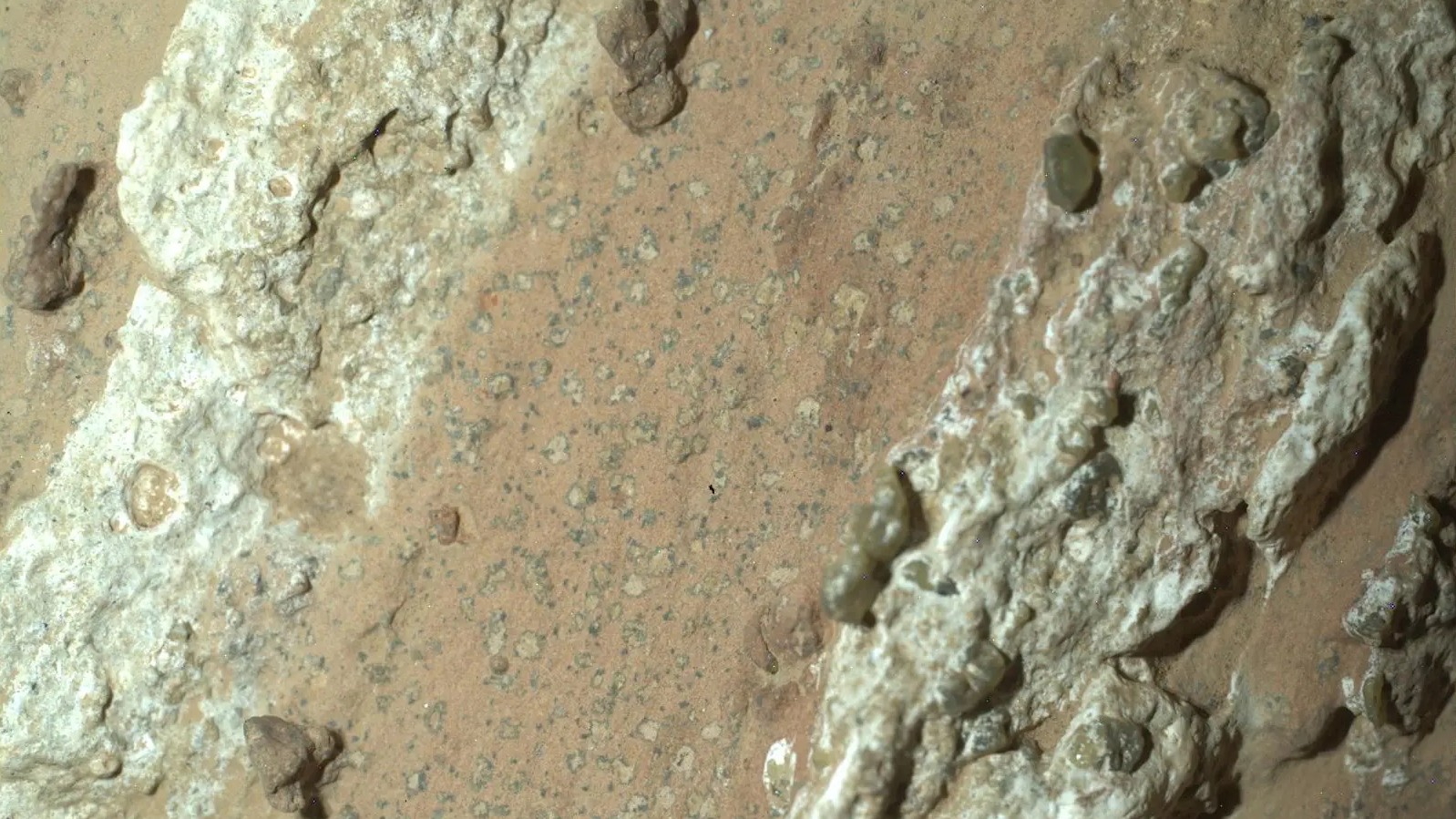 NASA reveals ‘clearest sign of life’ on Mars yet
NASA reveals ‘clearest sign of life’ on Mars yetSpeed Read The evidence came in the form of a rock sample collected on the planet
-
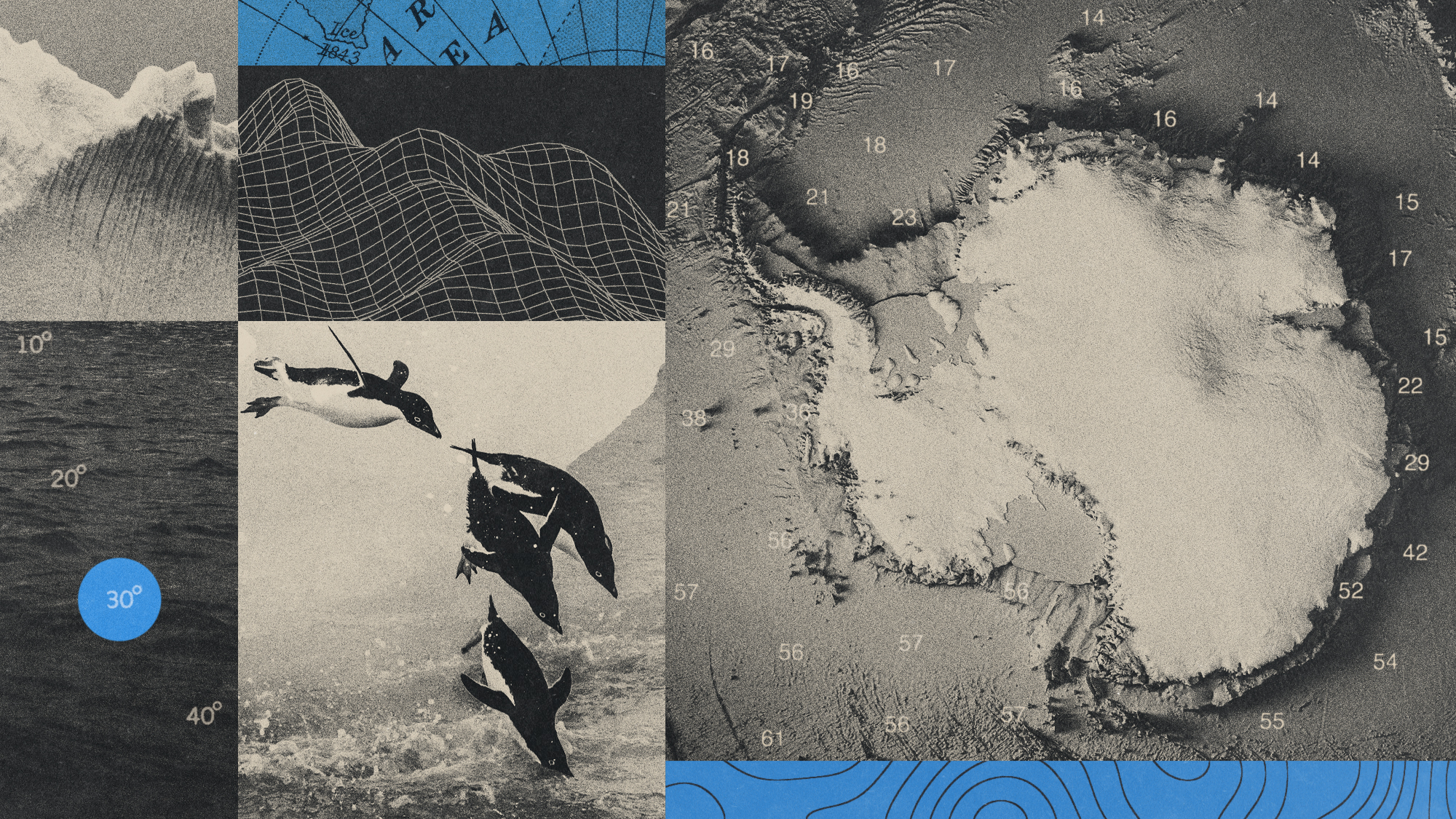 Canyons under the Antarctic have deep impacts
Canyons under the Antarctic have deep impactsUnder the radar Submarine canyons could be affecting the climate more than previously thought
-
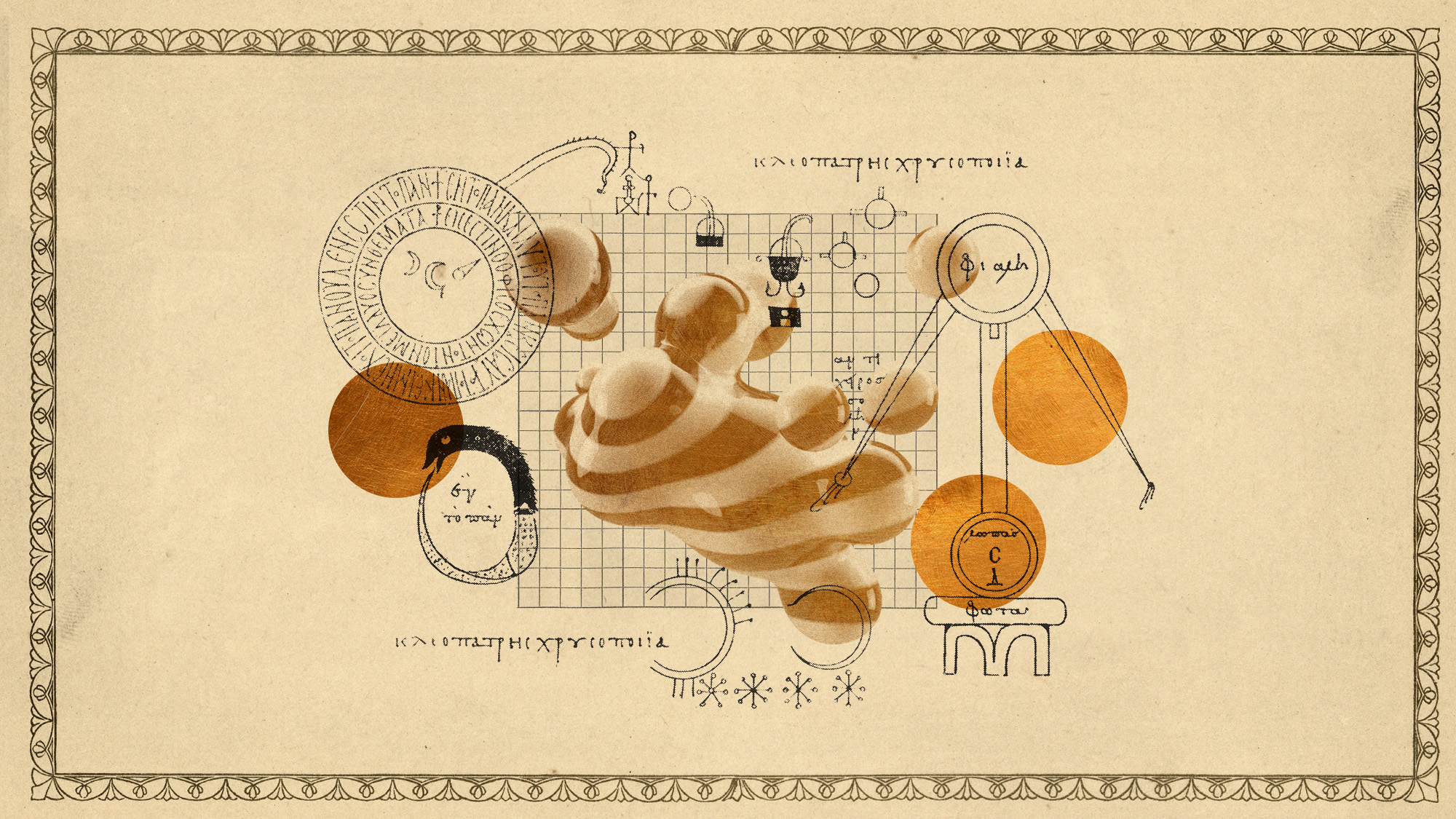 Atoms into gold: alchemy's modern resurgence
Atoms into gold: alchemy's modern resurgenceUnder the radar The practice of alchemy has been attempted for thousands of years
-
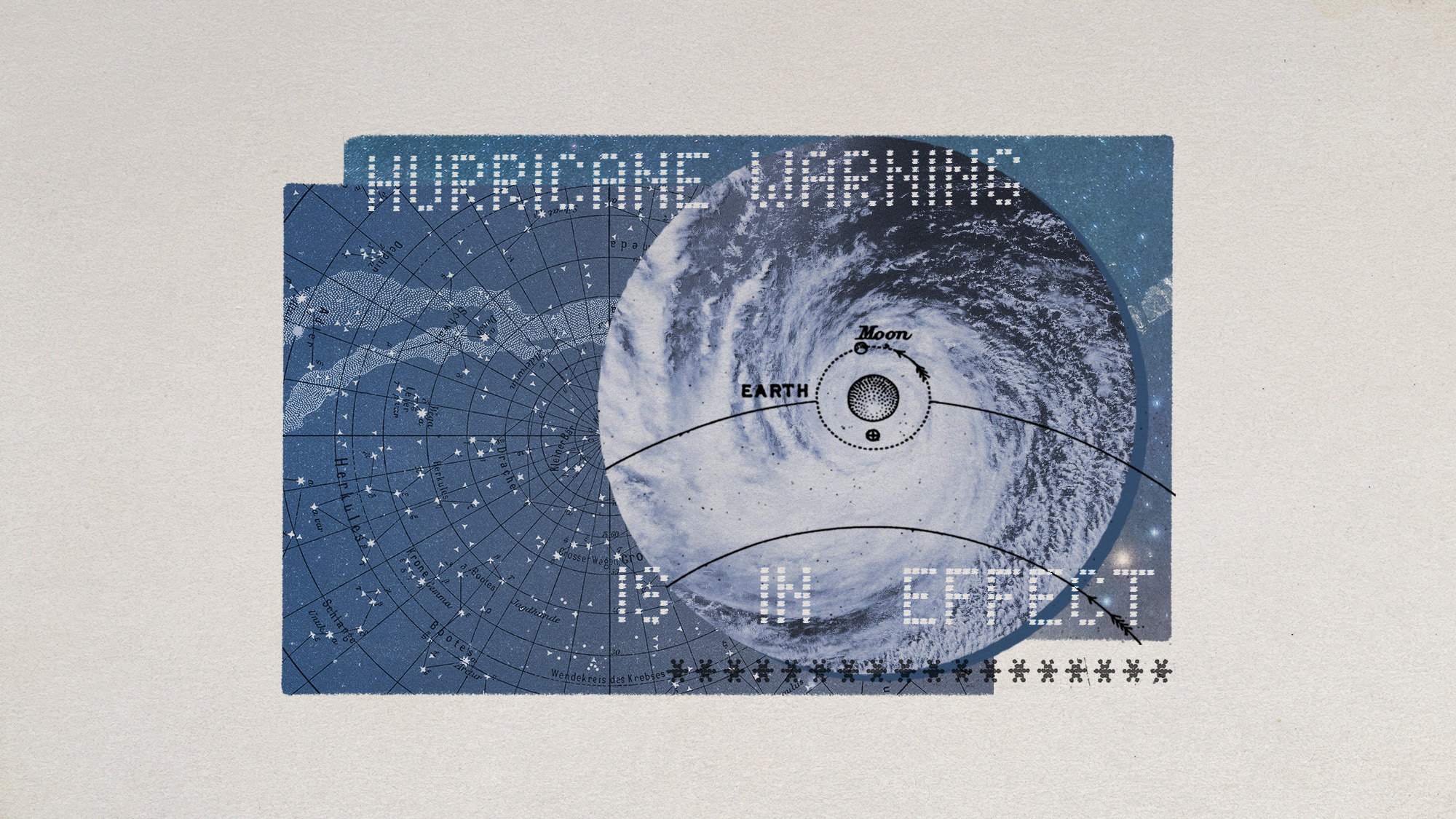 Hurricanes are not exclusive to Earth. They can happen in space.
Hurricanes are not exclusive to Earth. They can happen in space.Under the radar These storms may cause navigational problems



